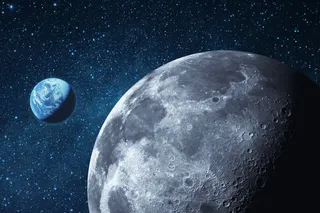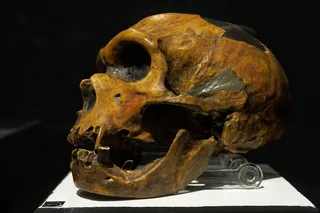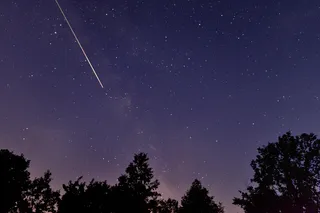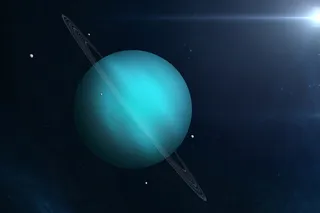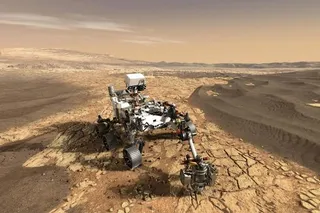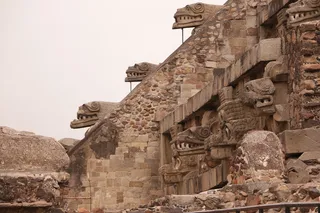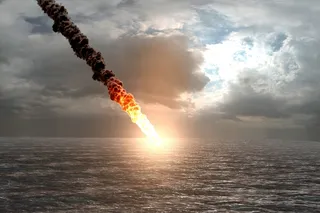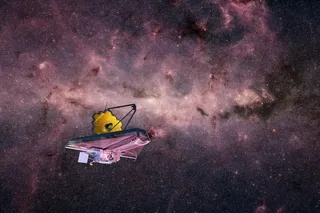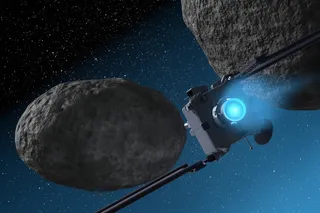A group of philosophers and scientists interested in cosmology have started a new project, funded by the Templeton Foundation, imaginatively titled the Rutgers Templeton Project on Philosophy of Cosmology. It's a great group of people, led by David Albert and Barry Loewer, and I'm looking forward to interesting things from them. (Getting tiresome questions quickly out of the way: like the Foundational Questions Institute or the World Science Festival, I'm totally in favor of this project even though I'm not a big fan of the Templeton Foundation. This isn't the place to talk about that, okay?) They also have a blog, because blogs are awesome. It has a humble title: What There Is and Why There Is Anything. They have a new post up, by Eric Winsberg, that brings up the issue of whether the multiverse can help explain the arrow of time. The post is basically a pointer to ...
The Arrow of Time in a Restless Universe
Explore the Philosophy of Cosmology through the new Templeton Foundation project, addressing the arrow of time and baby-universe creation.
More on Discover
Stay Curious
SubscribeTo The Magazine
Save up to 40% off the cover price when you subscribe to Discover magazine.
Subscribe

